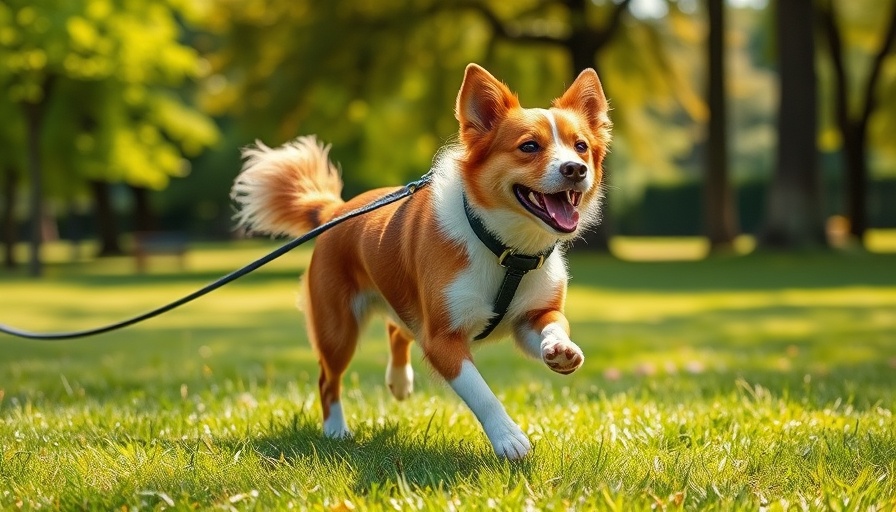
Elevate Your Dog Walking Skills: The Professional Approach
Walking dogs may seem like a simple task, but professionals know it involves much more than just leashes and treats. For dog owners looking to hire a trustworthy dog walker or aspiring pros eager to enhance their skills, understanding the nuances can make a world of difference. This guide outlines essential tips and insights tailored specially for both dog walkers and their canine companions.
Must-Have Gear for Successful Dog Walking
The foundation of a successful dog walking experience lies in having the right equipment. From sturdy leashes to effective harnesses, the proper gear ensures safety and comfort for both the walker and the dog. Professional dog walkers typically favor adjustable leashes made from durable materials such as nylon or leather. These leashes can withstand daily wear and offer better control, especially with larger breeds.
Harnesses are also highly recommended over traditional collars. Not only do they provide a comfortable fit, but they also distribute pressure evenly across the dog's body, minimizing injury. A front-clip harness can discourage pulling by redirecting the dog’s attention back toward the walker.
Waste Management: An Essential Part of the Job
Being a responsible dog walker means always preparing for clean-up duties. Carrying a sufficient supply of poop bags is vital; biodegradable options are both eco-friendly and efficient. Some seasoned walkers prefer to store used bags in a sealed container until they can find a proper disposal site. This not only keeps the walk pleasant but also upholds the community’s cleanliness standards.
Be Ready for Anything: The Importance of a First Aid Kit
Safety should always be the top priority. For this reason, having a compact first-aid kit on hand is essential for dog walkers. Include gauze, bandages, adhesive tape, and hydrogen peroxide, along with a digital thermometer and antibiotic ointment. It’s also smart to keep contact information for local veterinarians nearby, just in case of emergencies.
Understanding Canine Behavior: The Key to a Successful Walk
A good dog walker isn’t just equipped with gear, but is also well-versed in canine behavior. Knowing when a dog is feeling anxious, excited, or stressed can drastically improve the walking experience. Additionally, having training in basic commands can help maintain control. Engaging dogs with positive reinforcement during walks—such as treats or praise—can create a more enjoyable experience for both parties.
Establishing Safety Protocols: Protecting Your Pack
Establishing safety protocols is not just about being prepared; it’s about creating a routine that ensures the safety of both the dogs and the surroundings. For instance, using designated walking paths in less-trafficked areas can minimize potential distractions. Moreover, forming groups of similar-size dogs can prevent any dominance behaviors that often escalate during walks.
Future Trends in Dog Walking: Tech Innovations to Watch
As technology evolves, so do the methods of dog walking. Emerging pet tech, such as GPS trackers and activity monitors, are gaining popularity. These devices offer real-time location updates, helping dog owners feel more secure while their pets are out. Some apps even allow dog walkers to maintain logs of distance and activities, further enhancing trust through transparency.
Conclusion: Why Investing in Professional Dog Walking Makes a Difference
As dog owners, investing in a skilled dog walker isn’t just a convenience; it is a commitment to your pet’s well-being. By understanding the tools, techniques, and knowledge that a professional brings, you can ensure your furry friend receives the loving care they deserve. So, the next time you consider hiring someone for your dog, take the time to ask questions and gauge their knowledge—your dog will thank you!
 Add Row
Add Row  Add
Add 




Write A Comment